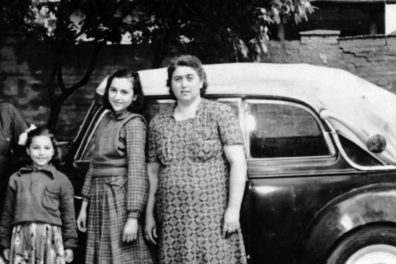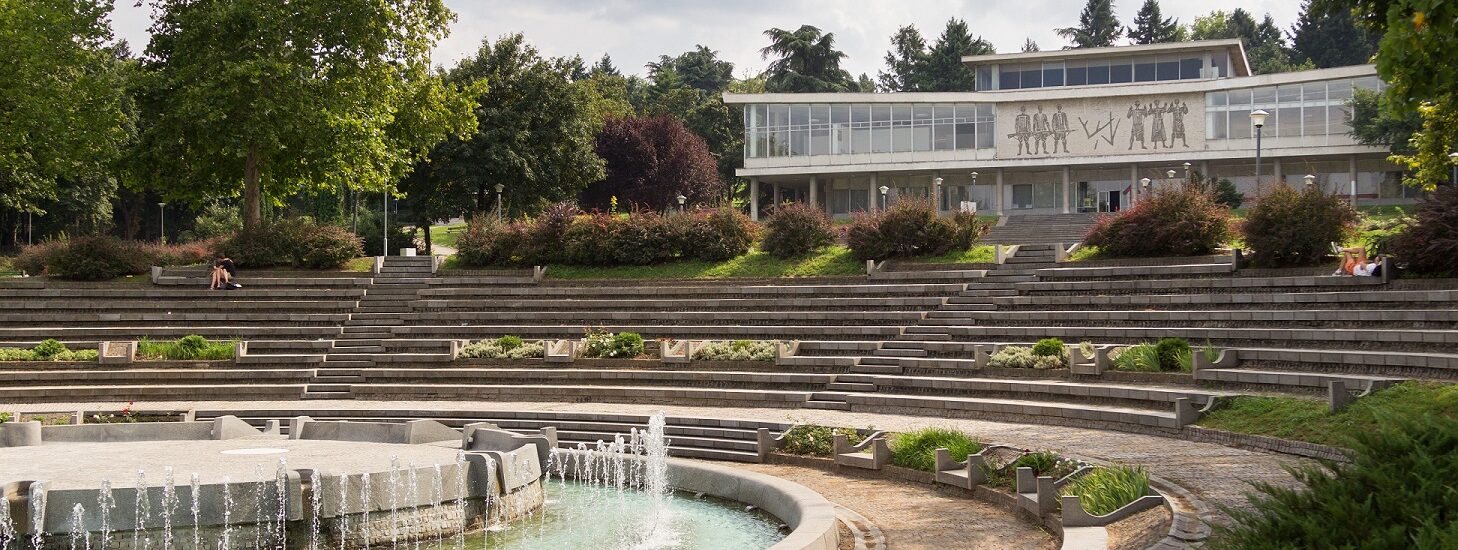
On the occasion of the 25th anniversary of the Museum of Yugoslavia
On December 1, we mark the 25th anniversary of the Museum of Yugoslavia, a unique cultural institution that has developed on the foundations and fonds of former institutions, the Museum of Revolution of the Nations and Nationalities of Yugoslavia, the Museum of May 25 and the “Josip Broz Tito” Memorial Centre. At the beginning of the 2000s, the Museum focused on new museological practices, and since then, a significant part of the fonds and photographs have been processed and digitized. All this contributes to the fact that, rejuvenated by new professionals and with improved regional and global cooperation, we have appeared in public, in a short time, as a modern and open institution that uses its fonds and the phenomena of Yugoslavia in an attractive, imaginative, and at times provocative way. Our goal is to actualize the recent historical past, in an attractive and acceptable way, to achieve direct communication with an increasingly demanding audience.
Nowadays, the Museum of Yugoslavia is responsible for all issues related to the ideas, phenomena and practices that led to the emergence and to the disintegration of Yugoslavia. It is one of the most visited cultural institutions in Serbia thanks to a great team, as well as programs and activities that reflect a vigorous institution and a place of open dialogue. The priority of the Museum in the coming period will be the implementation of the assigned registry for Yugoslav heritage and social history.
The memorial attracts the most attention, primarily of foreign tourists, and our team invests a lot of work in programs intended for the local community and strives to present the Museum as a place that belongs to everyone. In that spirit, we have decided that the entrance to the Park, which is decorated with 20 sculptures by prominent Yugoslav artists, is free, so that the regular visitors enjoy the unique ambience without the obligation to visit the exhibitions. We also work with vulnerable groups and try to include their representatives in our team and give them a leading role in the process of accessibility of the Museum.
Our permanent exhibition has been constantly changing and upgrading for five years. The dynamics are especially caused by the purposeful interventions of the Museum’s curators, who invite relevant experts, artists and other collaborators and, through joint work, reflect on and exchange ideas about the Yugoslav heritage. An example of such a dialogue is the art project of the collective “Karkatag”, the result of which is an interactive artistic intervention, as well as the comics of Sasa Rakezić – Alexander Zograf, which are parts in a series of interventions at the exhibition that began last year on the occasion of the 75th anniversary of the end of World War II. Also, interventions on the current exhibition have been carried out this year on the occasion of the 60th anniversary of the First Conference of the Non-Aligned Movement in Belgrade. In the process of the permanent exhibition development, we have introduced a strategic theme and the actualization of individual items from the relevant collection.
The next theme, about the industrial society, is being initiated on the Museum Day by the exhibition “On Factories and Workers”, which has been realized in cooperation with the Museum of Science and Technology. Both museums deal with industrial heritage, the Museum of Yugoslavia focuses on the industry viewed through the prism of complex, above all, social and political relations, while the exhibition at the Museum of Science and Technology focuses on technology and production processes.
On the occasion of the 25th anniversary of the Museum of Yugoslavia, during the BIRTHDAY WEEK, from November 29 to December 5, admission will be free, and the Museum team has prepared numerous educational and entertainment programs for the visitors.
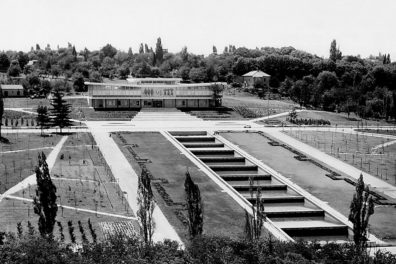
The Origins: The Background for Understanding the Museum of Yugoslavia
Creation of a European type of museum was affected by a number of practices and concepts of collecting, storing and usage of items.
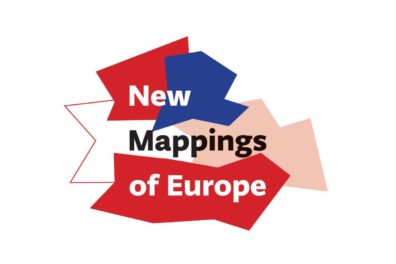
New Mappings of Europe
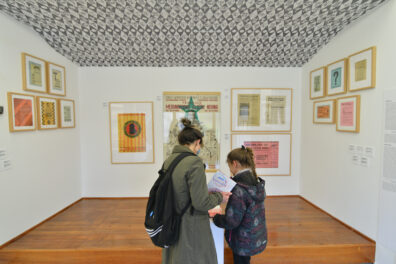
Museum Laboratory
Starting from the Museum collection as the main source for researching social phenomena and historical moments important for understanding the experience of life in Yugoslavia, the exhibition examines the Yugoslav heritage and the institution of the Museum
